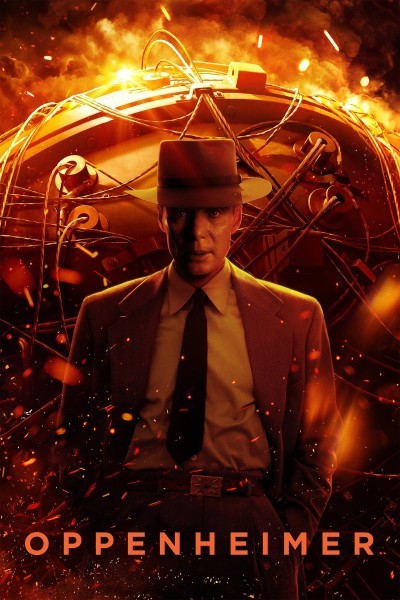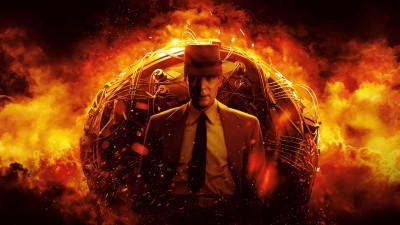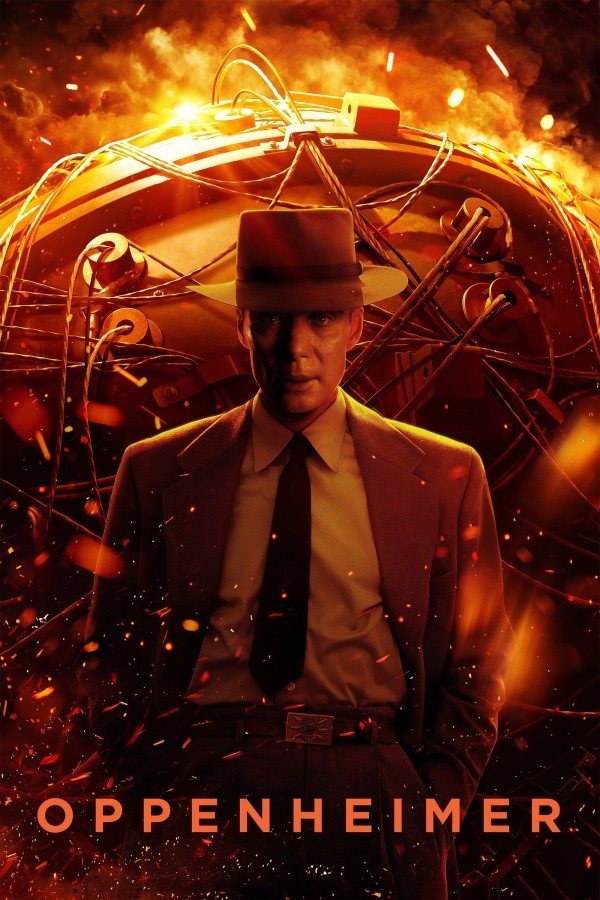Leslie Groves was a man forged by duty and conviction, a relic of the early 20th century bearing the weight of responsibility on his shoulders like an old, cherished pack. His upbringing, steeped in military tradition, was marked by a constant reshuffling across army posts, a child of an army chaplain molded by the rigor of military life. Entering West Point in the tempest of World War I, he graduated with a sense of instilled purpose and soon found himself navigating the rigorous bureaucracy of the United States Army. As World War II dawned, his efficiency, intellect, and no-nonsense demeanor placed him at the forefront of monumental projects—most notably, the construction of the Pentagon.
Groves was not merely a builder; he was an architect of destiny, overseeing the Manhattan Project, a colossal endeavor that would change the course of humanity. His leadership style, demanding and oftentimes abrasive, resonated with the gravity of what was at stake. He was unyielding, a man who saw nothing other than a swift path to nuclear armament, regardless of the collateral whispers of dissent. His ability to navigate the intricate interplay between military and scientific demands showcased a complexity often missed by those who labeled him merely a ‘ruthless general.’ Every choice he made was laced with the urgency of impending conflict, an urgency that birthed both the promise of peace and the curse of destruction.
In the end, his legacy resonated far beyond his years, as echoes of his ambitious yet controversial decisions reverberated through time, capturing the complex interplay between science, war, and morality.



 Amazon Video
Amazon Video Fandango At Home
Fandango At Home Apple TV
Apple TV Google Play Movies
Google Play Movies YouTube
YouTube